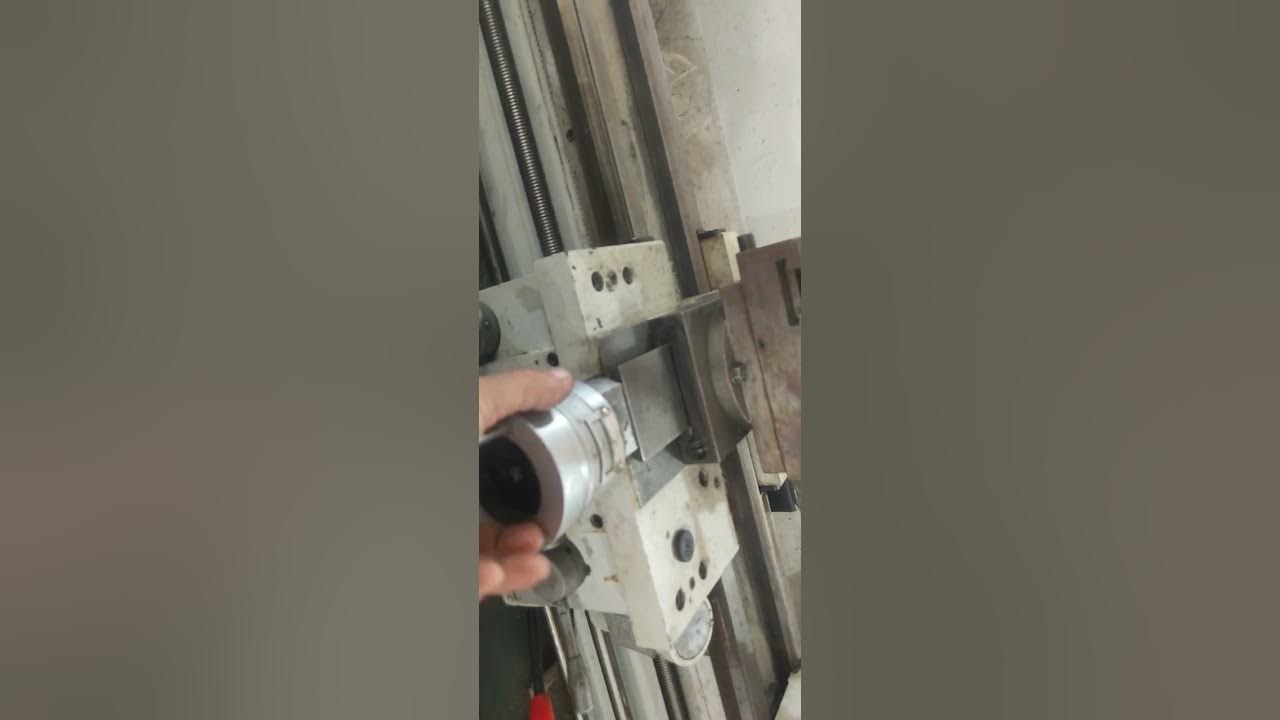Reproduction in Flowering Plants (2) - Video Pembelajaran Science Kelas 5
Summary
TLDRThis video script provides an informative explanation about the parts of a flower. It covers both the male and female reproductive structures, such as the stamens (including anthers and filaments) and pistils (stigma, style, and ovary). It also explores the protective role of sepals and petals in flowers. The script discusses various flower types, noting differences in how male and female parts are distributed. Additionally, it highlights the life cycle of flowering plants, emphasizing that certain plants, like the papaya, may not flower until they mature, while others may bloom only once in their lifetime, such as the palm tree.
Takeaways
- 😀 Flowers have both male and female parts for reproduction. The male parts are called stamens, and the female parts are called pistils.
- 😀 The male reproductive part (stamen) consists of the anther, which produces pollen, and the filament, which supports the anther.
- 😀 The female reproductive part (pistil) consists of the stigma, style, and ovary, which contains the ovules (female reproductive cells).
- 😀 Pollination occurs when pollen from the male anther reaches the female stigma, leading to fertilization in the ovary.
- 😀 Sepals protect the flower during its bud stage, while petals attract pollinators with their bright colors and fragrances.
- 😀 Some flowers, like hibiscus and lilies, have both male and female parts in the same flower, while others, like corn and pumpkins, have separate male and female flowers.
- 😀 Papaya trees may appear flowerless when young, but they will bloom once mature.
- 😀 Temperature plays a key role in flowering, as seen with cherry blossoms, which bloom in spring when the weather is warm.
- 😀 Some plants only flower once during their lifetime, like the palm tree, which will bloom once before dying.
- 😀 Not all flowering plants bloom at the same time. Some may only flower once in their entire lifespan, making it hard to identify when they will bloom.
- 😀 Flowering plants may appear flowerless at certain stages of their life, but this does not mean they are not flowering plants—it's just that their flowers may be dormant or not yet visible.
Q & A
What are the main parts of a flower discussed in the script?
-The main parts of a flower discussed in the script are the male reproductive part (stamen), female reproductive part (pistil), petals, sepals, and the structure responsible for pollen production (anther).
What is the role of the stamen in the flower?
-The stamen, which consists of the anther and filament, is responsible for producing pollen, which contains male reproductive cells needed for fertilization.
How does pollen contribute to plant reproduction?
-Pollen carries male reproductive cells from the male part of the flower (the anther) to the female part (the stigma), where fertilization can occur, leading to the formation of seeds.
What is the function of the pistil in the flower?
-The pistil is the female part of the flower and consists of the stigma, style, and ovary. It is responsible for receiving pollen and nurturing the fertilization process that leads to seed production.
What is the role of sepals in a flower?
-Sepals protect the flower during its bud stage, ensuring it remains safe until it blooms.
How do petals contribute to flower reproduction?
-Petals are often colorful and attract pollinators like bees, butterflies, and birds, facilitating the transfer of pollen from one flower to another.
Can a flower contain both male and female reproductive parts?
-Yes, some flowers, such as hibiscus and lilies, have both male and female reproductive parts in the same flower.
What happens in flowers that have separate male and female parts?
-In flowers like corn or pumpkins, the male and female reproductive parts are found in separate flowers, meaning that pollination happens between different flowers.
Why might a flowering plant not show flowers at a young age?
-A flowering plant, like the papaya, may not show flowers when it is still young, but as it matures, it will eventually bloom and produce flowers.
What is an example of a plant that only blooms once in its lifetime?
-An example of a plant that blooms only once in its lifetime is the palm tree, which flowers once after many years and then dies.
Outlines

This section is available to paid users only. Please upgrade to access this part.
Upgrade NowMindmap

This section is available to paid users only. Please upgrade to access this part.
Upgrade NowKeywords

This section is available to paid users only. Please upgrade to access this part.
Upgrade NowHighlights

This section is available to paid users only. Please upgrade to access this part.
Upgrade NowTranscripts

This section is available to paid users only. Please upgrade to access this part.
Upgrade NowBrowse More Related Video
5.0 / 5 (0 votes)





